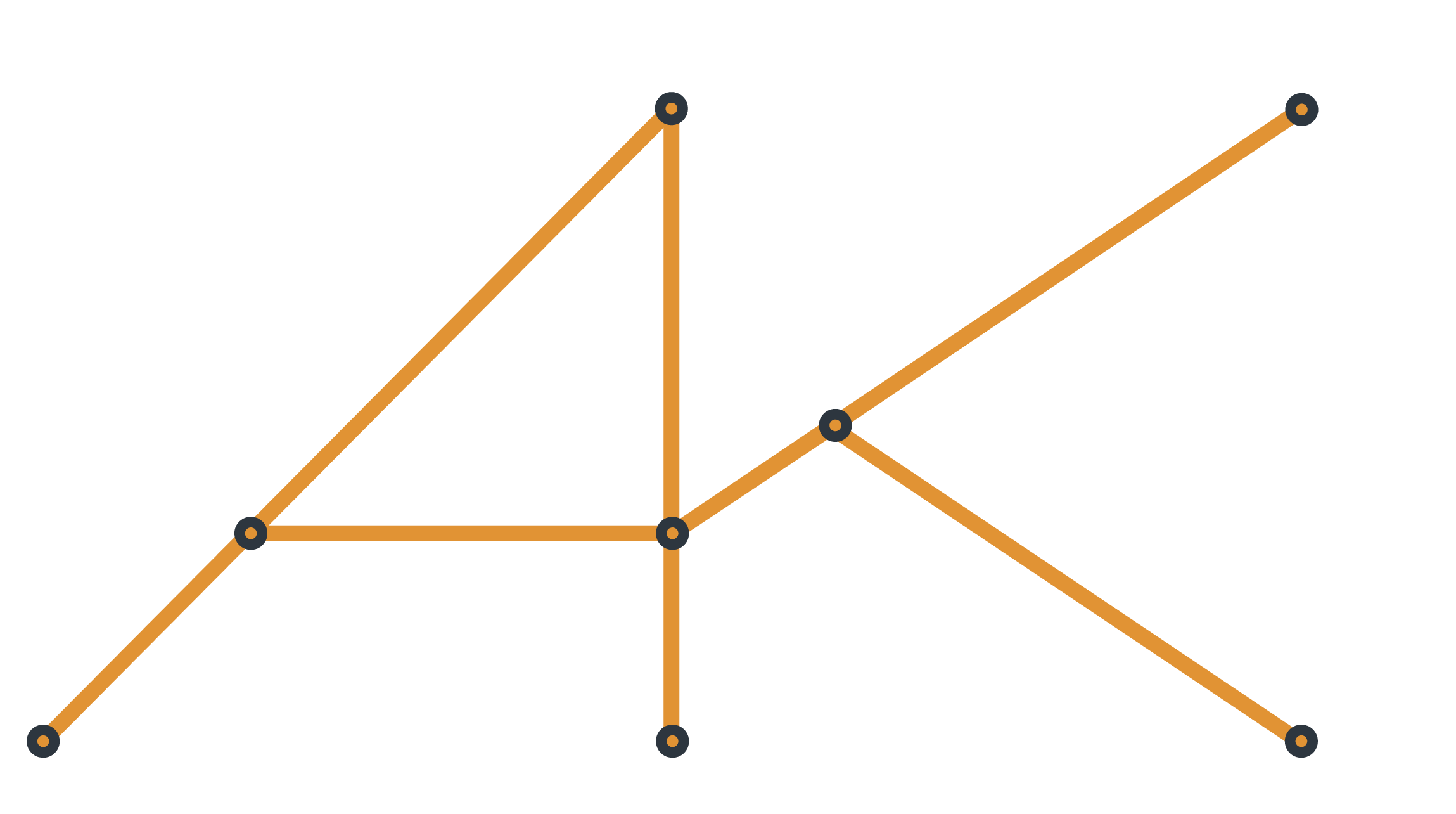Water crisis in Mexico City is a complex problem with multiple entry points. This project was initiated to identify solutions to the issues faced by marginalized communities in at-risk boroughs in accessing water. As a semester project, we faced limitation of directly interacting with communities facing water shortage in Mexico City.
Design Methods:
Systems maps, Personas, Customer journey map, Stakeholder matrix, Futures wheel, Roadmap, Flourishing canvas
Problem Framing
Stakeholder Matrix
Stakeholders are identified and sorted into a stakeholder matrix to identify those that stand to be affected directly or indirectly from the water crisis.
The at-risk category of vulnerable communities or organizations has been identified to have least power over change but in greater need of it.
System Map
Inter-relations between the various stakeholders identifies potential partners and opponents.
The Ecosystem map helps realize where interventions can be placed to accelerate or subsidize standard of living for the at-risk community.
User Personas
Personas have been created for at-risk borough population, a water tanker driver and an NGO activist. The following image shows a sample user persona that was created to understand user experience better.
Based on the user persona, an end-to-end customer journey map was created to realize the frugal innovation or "hacks" that the user comes up with in response to pain points.
Insight
Water crisis is not only problem of traditional technology or resources alone, but rather human factors, sense-making, and paradigms towards water. The problem was reframed moving from top-down structures to examining bottom-up solutions. The solution is to promote financial capacities within at-risk communities by co-designing solutions with the community.
Problem Statement
How might we create sustainable solutions to the water access problem, and build on the current capacities, workarounds, creativity, and resilience of the population of at-risk boroughs?
Solution
Sharewell is a social enterprise with a model for water and innovation hubs. It is managed by women, co-designing interventions to manage the immediate risks while also improving their financial capacities to stay away from poverty.
A representative blueprint is included below envisioning each region within the innovation hub:
The following set of images detail out the blueprint concerning individual spaces and the activities conducted in each space to build capacities. Such a sizeable project also requires partners to work collaboratively in maintaining the hub through design, technology, learning opportunities and other capacities that cannot be built from within the community at the introductory stage.





Futures Wheel
Since the innovation model is an interplay between the different sectors in Sharewell, impacts emerge, collecting under the same roof. To map these emergent impacts, the Futures Wheel is drawn with a 10 year outlook. A Roadmap is drawn right from the planning phase today to scalability of hub within the same time frame focusing on a linear development from all the different aspects of the innovation hub.
Futures Wheel
Roadmap
Conclusion
From this project, we can see stronger community relationships built on an anti-fragile water network co-designed by community members and partners. As a co-op, the community is slowly weaned out of a fragile, centralized infrastructure but rather imagined as a decentralized, community run with strong coalitions formed outside the community.



